Illustrations of the set
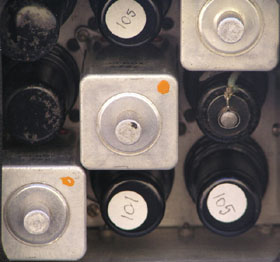
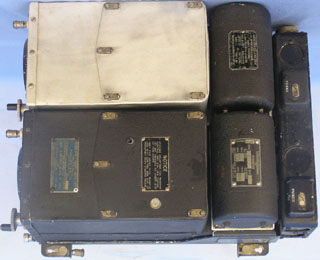
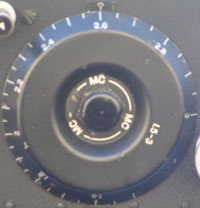
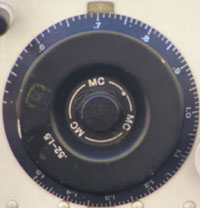
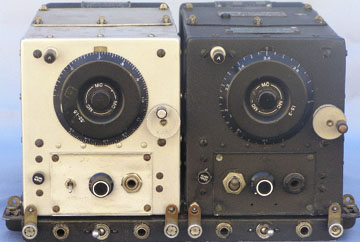
The equipment was manufactured for the army as SCR-274-N and for the Navy as RAT, RAV, ATA/ARA and the AN/ARC-5 in larger quantities than any other military radio ever made.
At least 1,450,000 receivers and transmitters were manufactured before the war ended in 1945.
The Command Sets were the creation of Dr Frederick H. Drake, chief designer at Aircraft Radio Corporation.
The receiver design broke new ground. It was the first superhetrodyne receiver to be standardized and widely used in U.S. combat aircraft. It was also the first truly miniaturized military electronic equipment, much smaller than the Model D (SCR-183/GF-RU) and one of the first to use plug in modular components.
Receivers had provision for both A.M. and C.W. reception. Some low frequency sets had provision for DF facilities. Some receivers had an AVC line which was not connected to the diode.
The receivers were particularly useful as an IF for VHF converters (BC454-5) as they had high frequency IF's and therefore were relatively broad in passband. The low frequeney BC 453 had sharp 85kHz IF's and was used to sharpen up many a receiver by extracting the 455 kHz signal from the HF receiver and inserting it into the Q5er's front end.
The 0.52 - 1.5 mc and 1.5 - 3.0 mc receiv ers are quite rare as they were produced in relatively small numbers.
I have yet to see one of the VHF tuneable command receivers (100 -156mc or HF sets higher than 9.1 mHz). I would be most interested in acquiring same!
(Information taken from G. E. White, The Command Set Story, CQ, November, 1964.)




© Ian O'Toole, 2009. Page created: 28/04/03 Last updated: 4/12/2009